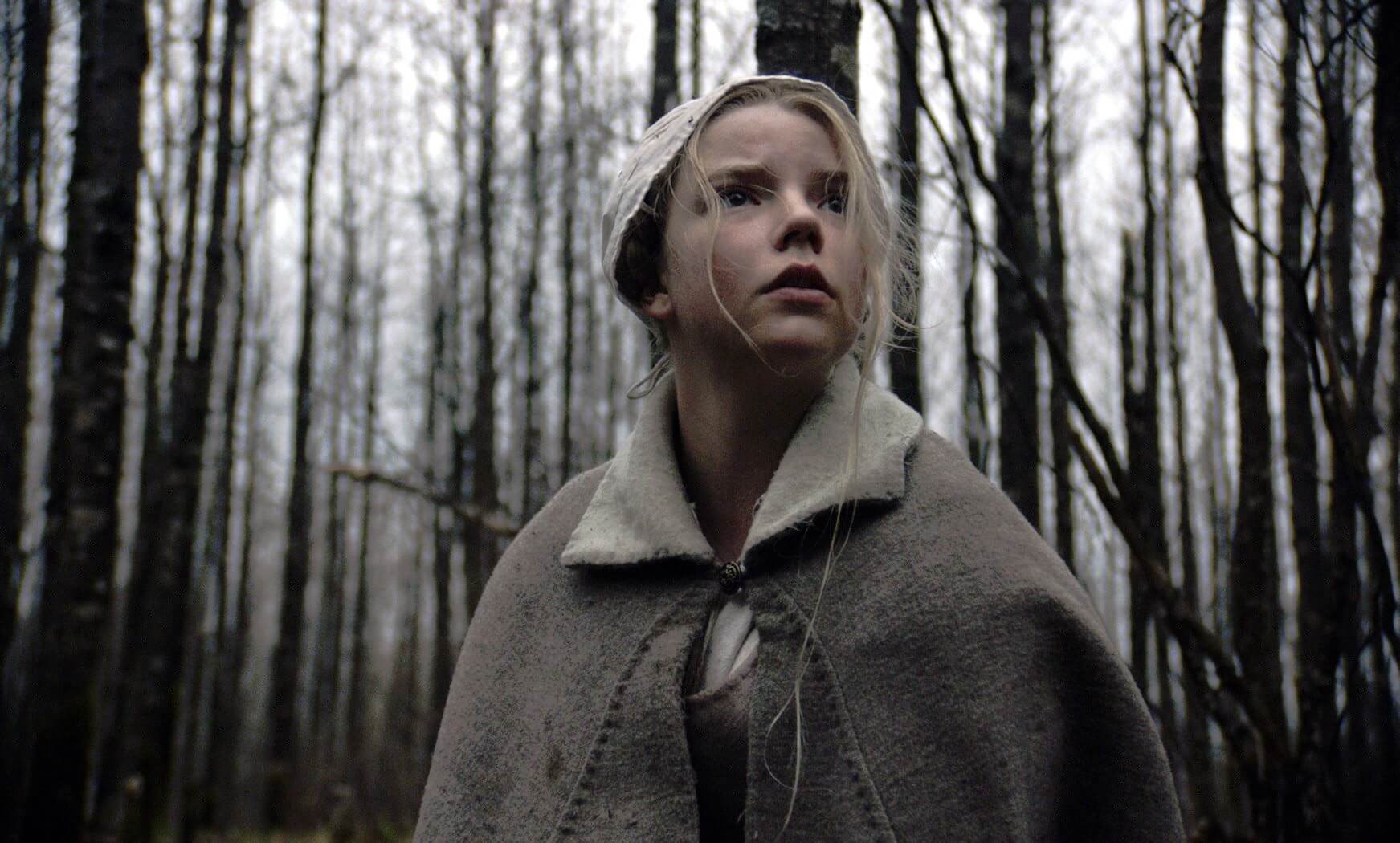The Witch centers on a 17th-century family who believes they're being cursed by a witch.
Plotting Harm. The Conjuring, Under The Skin, Green Room, The Babadook, It Follows. The Witch belongs on this list because it's one of the best modern horror films, a must-see movie, and a theater-worthy experience. What these films have in common is their ability to surprise audiences, their ingenuity, resourcefulness, and the clever blend of influence and originality. With The Witch, the influence, while not overly obvious, is surely there. From Stanley Kubrick’s The Shining (1980) to Lars von Trier’s Antichrist (2009), The Witch is a fascinating culmination of the familiar and the new. Where we believe a film titled The Witch will take us is met instead by something far more sinister. It’s a mature film with large ambitions, a small budget, an inexperienced director, and a lot of talent. The final product has embedded images and sounds into my memory; lingering moments that both frightened and confused me. It even led to a little educational reading and research into who Robert Eggers is and why I hadn’t known about him before. To say that The Witch is perfect would be unfair as it does have its downsides. But they are outweighed by so much good that they're hardly worth mentioning. What is fair to say is that The Witch is a film that deserves its attention, praise, and recommendation.
Satan’s Church. The film creates a tone that is undeniably heavy and dreadful from the very first scene. Our characters don’t live on a pleasant little farm outside the woods. They live on a misty, foggy patch of wet, colorless land with a traditionally haunted-looking forest looming just yards away. The general feel of the film (the sights and sounds) goes a long way to set the stage tonally, but it’s worth noting that the photography compliments it perfectly. The camera creeps slowly, it uncomfortably exposes events in low light and heavy shadow. This obscures your initial understanding and helps bring you to terrifying realizations. It often establishes the landscape in a grim yet picturesque fashion. What we know is limited to what we can see, and in that style of filmmaking, The Witch shines. The unsettling music and use of dramatic sound help reiterate the dangers and inevitability of something unexplainable, but present. The uncertainty the film creates, with limited information, clean photography, and editing, and with solid writing, help pull the audience into the world of madness. Its talent may be too great, however, as the audience might find it difficult to escape that world very easily.
The Real Curse. Despite the well-constructed atmosphere and all the noteworthy things the film does, there are a few negatives that should be addressed. The major issue I had with the film was the use of jump scares. While jump scares have long been known as a cheap imitation of genuine horror, the positive spin that could be put on them in this film is that they aren’t built up predictably. There aren’t moments where the film becomes dead silent, where we see a character quietly breathing in a panicked hush, only for the audience to be “scared” by a loud noise or a fast image. Instead, these moments happen a bit more organically and out of the blue. There is no reason to expect them, but once they happen it’s hard not to feel cheated. Especially since the film already does such a good job of creating an authentically unnerving tone and setting, shows the audience such unsettling images, and tells such a shocking story. It begs the question: why are jump scares in movies? With only a few exceptions, most notably in The Thing, jump scares seem inorganic and can never be relived with the same outcome. After watching the film a second time, this predictable suspicion was confirmed, as the few moments of jump scares had little to no impact. And not because they are jump scares, but how they are created. The film also suffers from an interesting but divisive ending and some occasionally shoddy acting.
What Dost Thou Want?... The Witch has a few weaknesses, but it’s still such a solid film that it’s hard to believe it was Robert Egger’s first feature film. The acting, while certainly hit or miss at times, is overall solid for the bulk of the film. Ralph Ineson and Anya Taylor-Joy are standouts continually, having the appropriate look, feel and sound to their characters. It’s convincing throughout that we’re seeing the lives of people in the 1630s because the dialogue, the costumes, and the set design was researched thoroughly and not watered down. This doesn’t have a “Hollywood” feel to it but also doesn’t suffer from that low-budget, amateur-film style that puts many people off. However, the dialogue may be a bit of a turnoff for some people as it’s not exactly easy to follow at times. This is hardly a fault with the film though and was something of a joy to listen to. Ineson delivers his lines with intense gravel that seems otherworldly while Joy has the soft kindness of someone not of our more complicated and corrupt society. Weighing the pros and cons of The Witch results in a clear victory for Robert Egger’s first attempt, the horror community, and A24.
The Witch is a modern classic in American horror
that creates memorable images and characters.

Watch The Witch now
